Estimated reading time: 2 minutes
The quarterly pork industry report provides insights into the pig industry over the past quarter, covering several contributors to the value chain. During 2023, pig slaughters peaked in the first two quarters, with imports picking up during the latter part of the year. Cumulative slaughters for January and February 2024 were slightly higher than for the same period in 2023.
Pork export prices (the average of all traded pork products) have declined to the same levels as at the time of the previous quarterly report. A similar cyclical trend was observed in late 2022 and early 2023. Pork import prices have increased, on average, over the same period. Monthly pork carcass prices have decreased since October 2023.
Yellow maize prices moved, on average, sideways toward the end of last year and increased at the beginning of 2024. The producer-price-to-yellow-maize-price ratio decreased for the remainder of last year and into the first quarter of 2024. The recent increase in yellow maize prices is largely due to the 2023/2024 El Niño conditions, which led to a lower-than-expected maize crop projection.
Fresh pork retail prices were stable over the latter part of 2023 and the first quarter of 2024. Processed pork retail prices increased in February after a prolonged period of lower prices, climbing back to the longer-term average price level. The decrease in processed pork retail prices over the latter half of 2023 was possibly due to specials at retail stores to increase consumption over the festive periods.
The Headline Consumer Price Index (CPI Headline) remains at elevated levels, albeit still in the 3 to 6% inflation target range of the South African Reserve Bank (SARB). The SARB Monetary Policy Committee (MPC) takes this and other international policy rates into account, among other factors, when deciding on whether to change the repo rate. In its efforts to lower inflation, it is anticipated the SARB MPC will keep the repo rate at the current elevated level for a longer period, possibly only cutting rates marginally during the latter part of 2024 or in 2025. – South African Pork Producers’ Organisation

